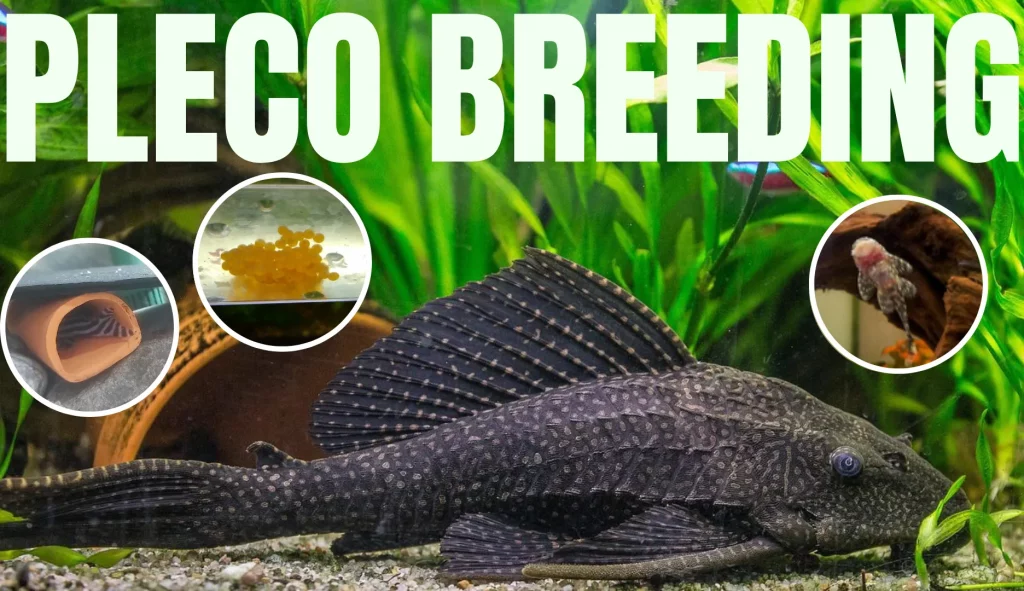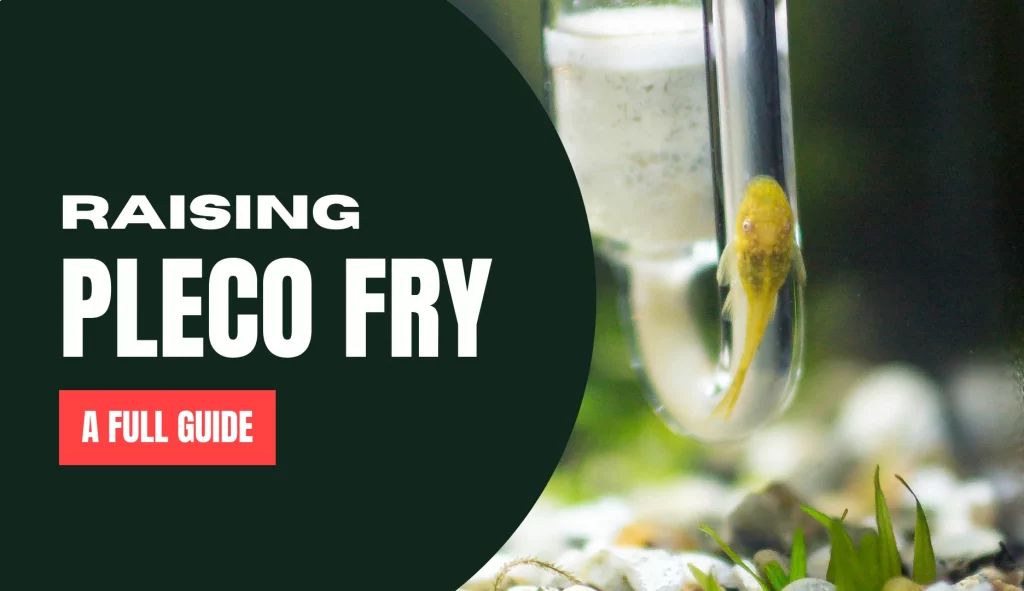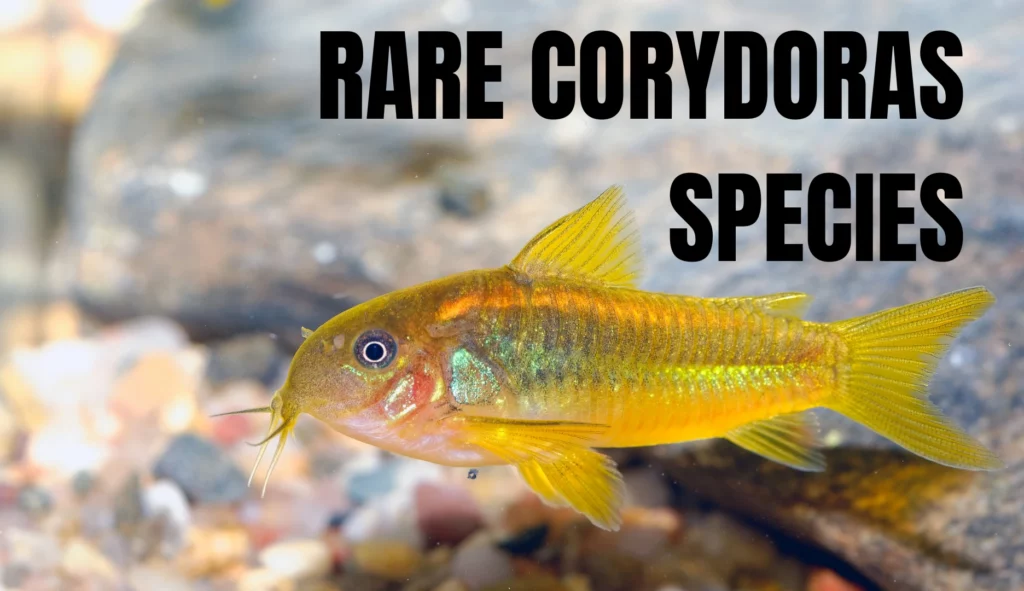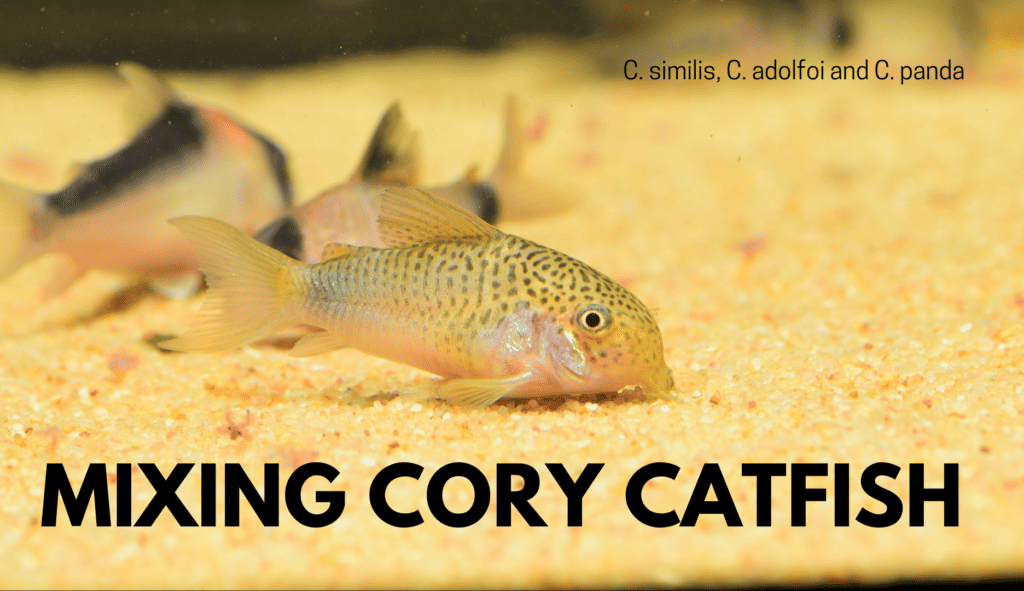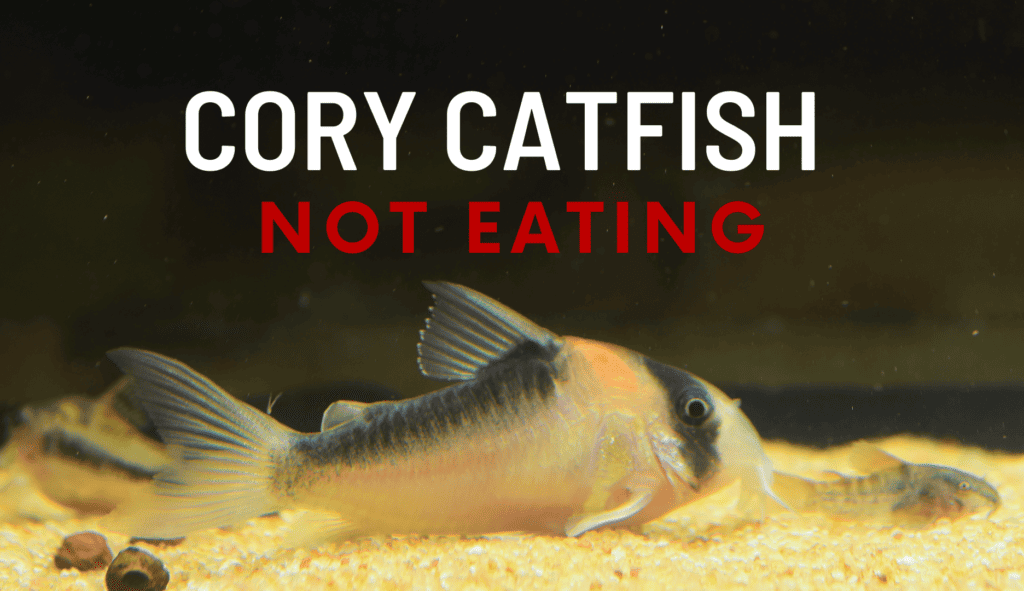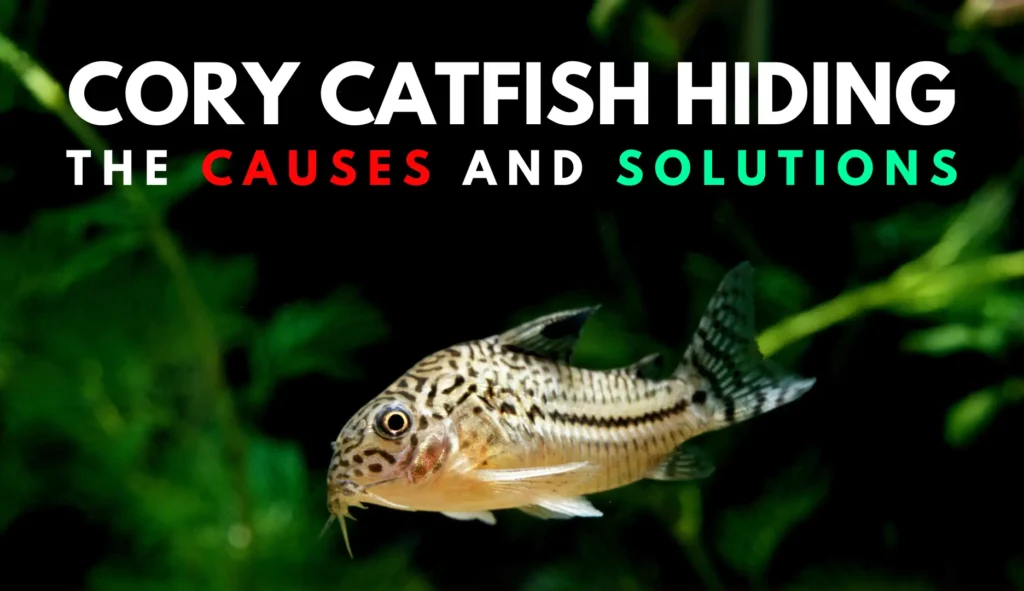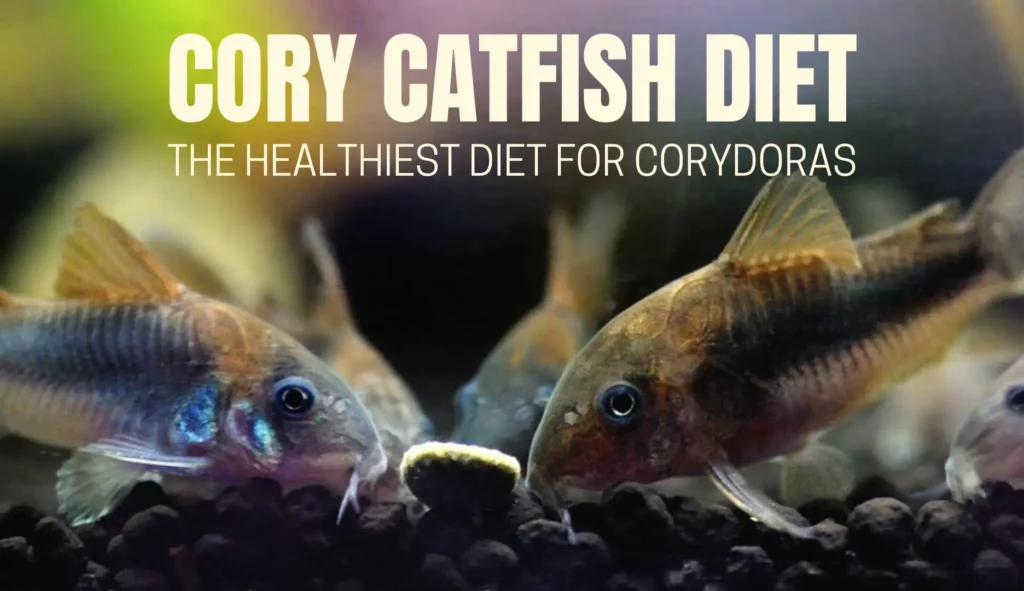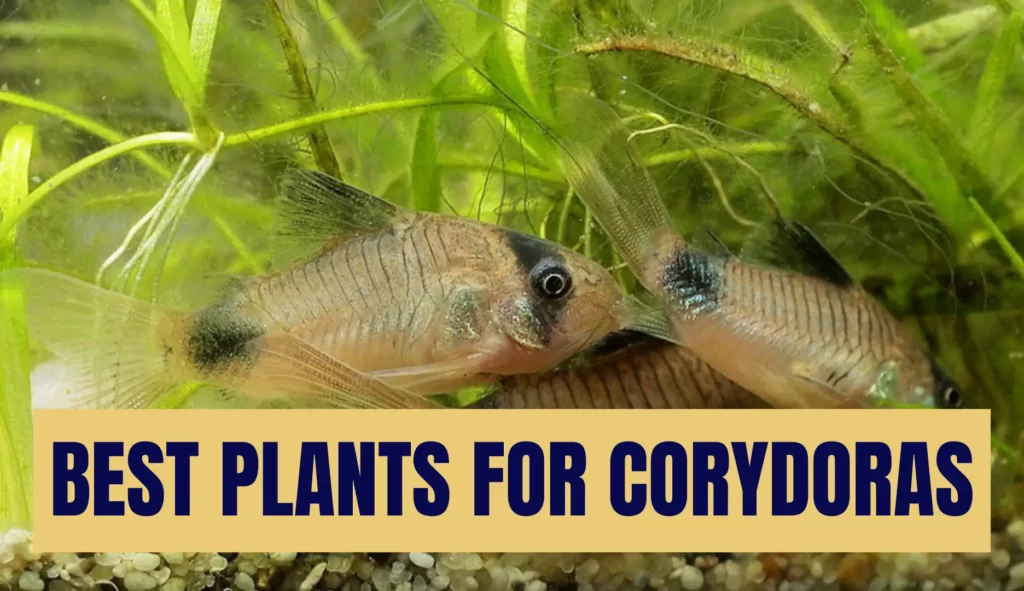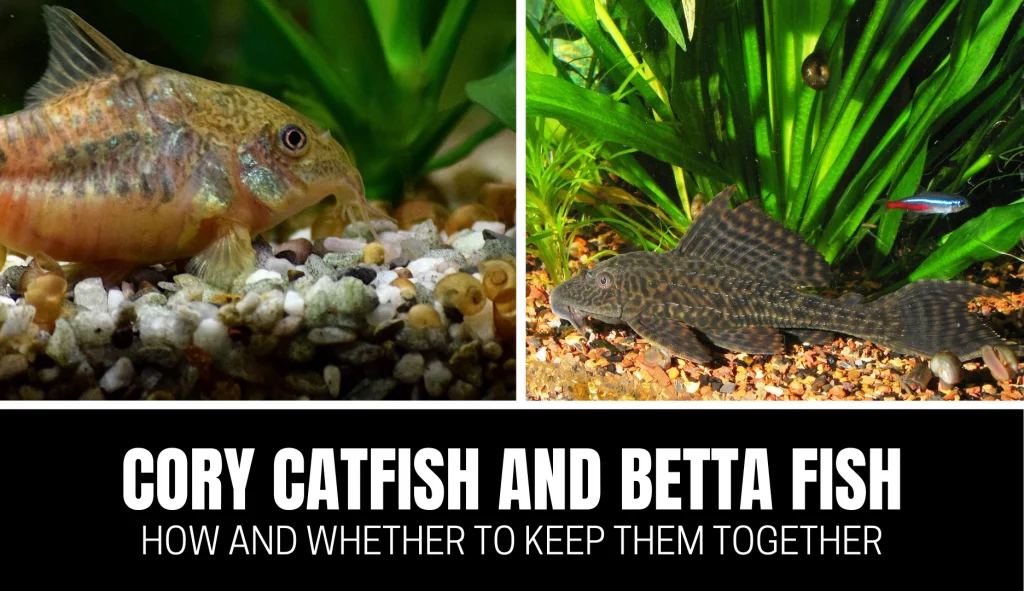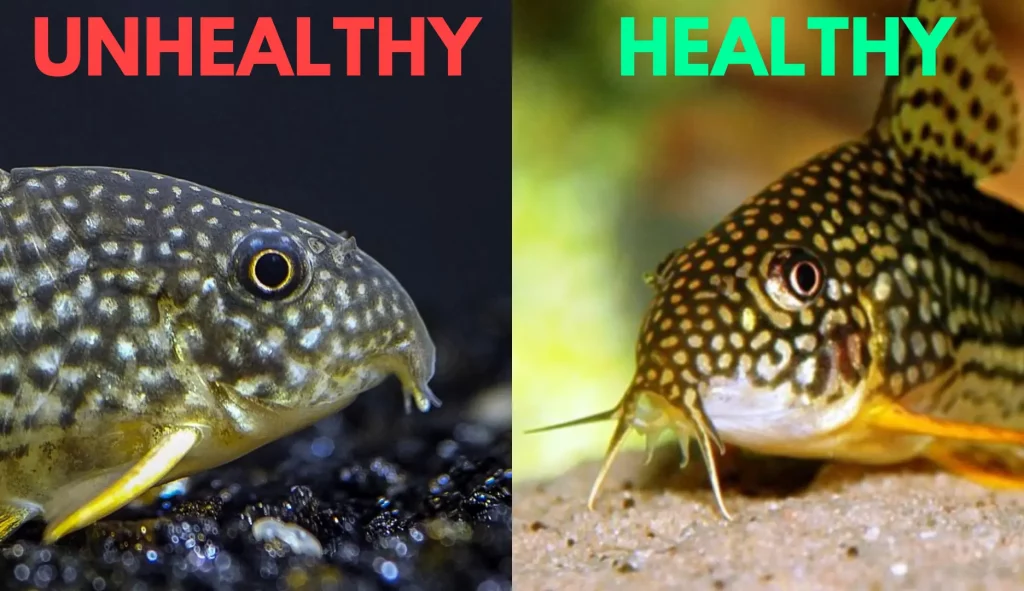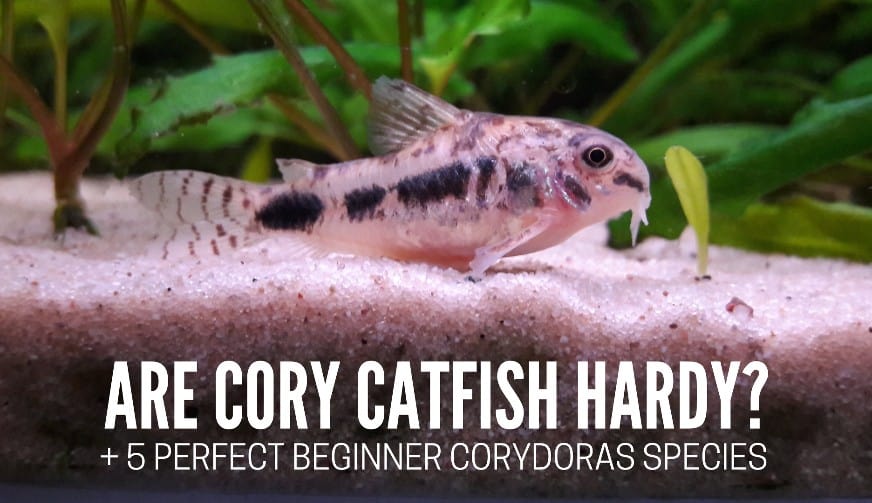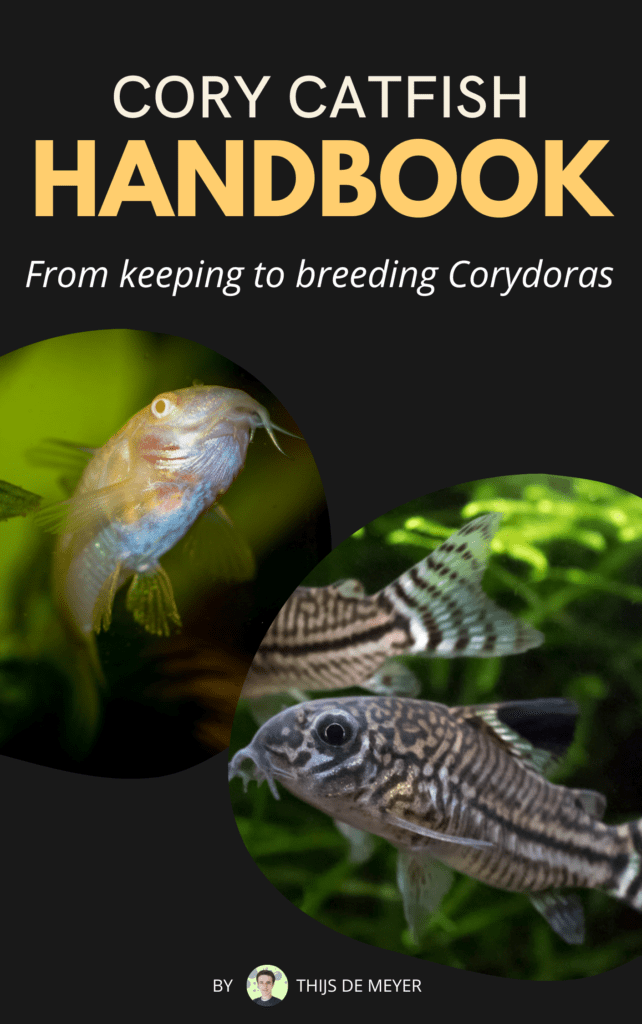Breeding pleco catfish isn’t as hard as you might think. In fact, with a clear guide it’s rather easy to breed most pleco species.
Although breeding plecos is pretty different per species, I’ve done my best to create a full resource that’s suitable for most species.
Breeding bristlenose plecos
Breeding bristlenose plecos is extremely easy. If you put a male and female together and have some form of cave, it’s almost guaranteed they will spawn.
This guide is ment for the plecos that need some more care to breed. If you want to breed bristlenose plecos, it will probably be a lot easier than what this guide talks about.
Read the full Guide To Breeding Bristlenose Plecos →
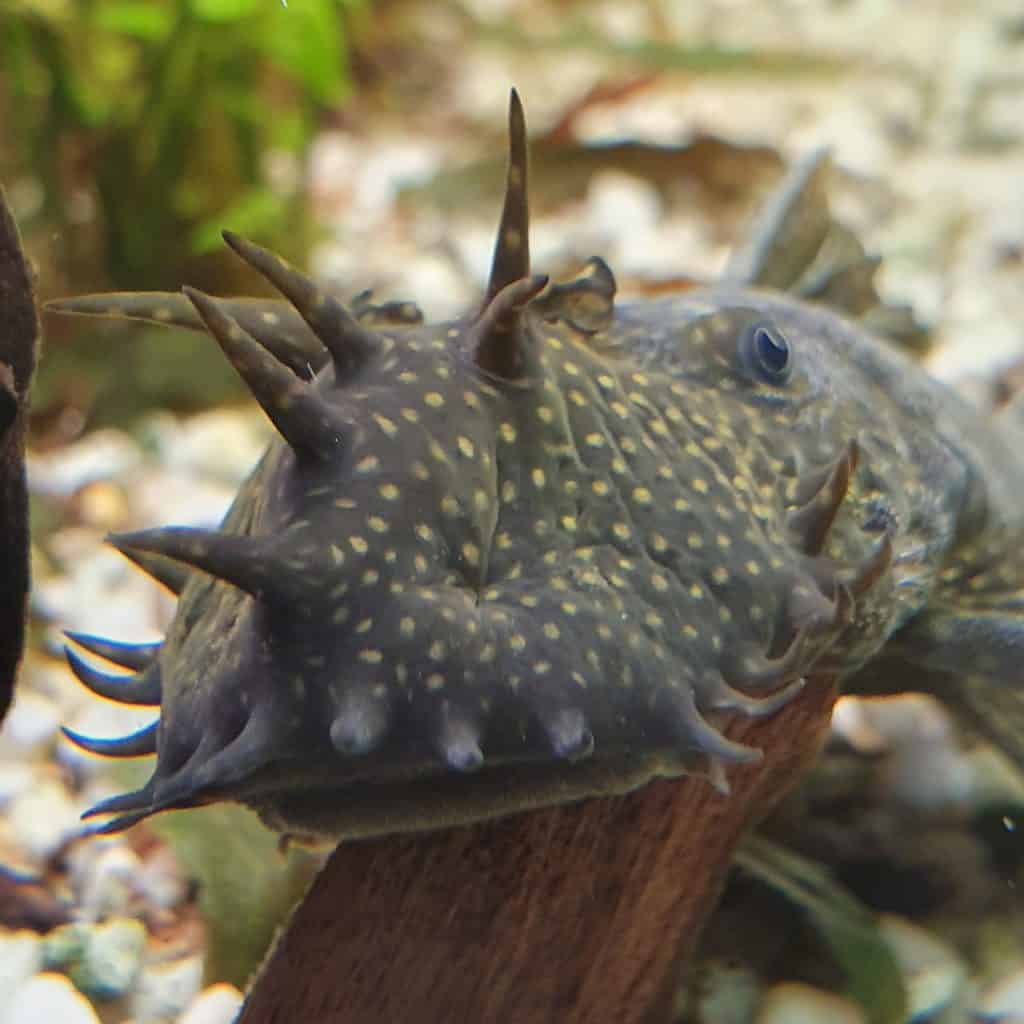
Part 1: Setting up a breeding environment
Before thinking about breeding pleco catfish, your tank will need to meet certain criteria. This will ensure that your plecos feel comfortable for breeding and that no other fish will disturb them.
I always recommend to set up a dedicated tank for this. This tank doesn’t have to be really big, but comfortable for the amount of plecos you want to house.
Tank setup
Tank size
For most species, a 20 gallon ‘long’ tank is a good size for a pair or trio (1m2f). This tank doesn’t have to be high, as plecos will hang around at the bottom of the tank most of the time.
This tank size is great for bristlenose plecos, zebra plecos, clown plecos and other species that are around the same size. Some bigger Hypancistrus species like the L333 need a tank that’s at least 30 gallons to be comfortable.
Filtration
It’s important to put a strong filter on this breeding tank setup. Not only will plecos breed faster in clean, high quality water, the eggs will have a higher hatch rate and the fry will survive better.
For a 20 gallon tank, a cannister filter is a good choice. This filter should do around 120 to 200 gallons per hour.
Apart from filtration, it’s great to have a source of oxygen. You can choose to add a sponge filter to the tank, with an airstone as power source. But in this size of tank, pointing the filter outlet so that it creates bubbles and a lot of surface movement is also a good idea.
I’ve found that plecos like some current before their caves, so you can point the filter outlet so that it creates a flow before the cave entrances.
Pleco caves
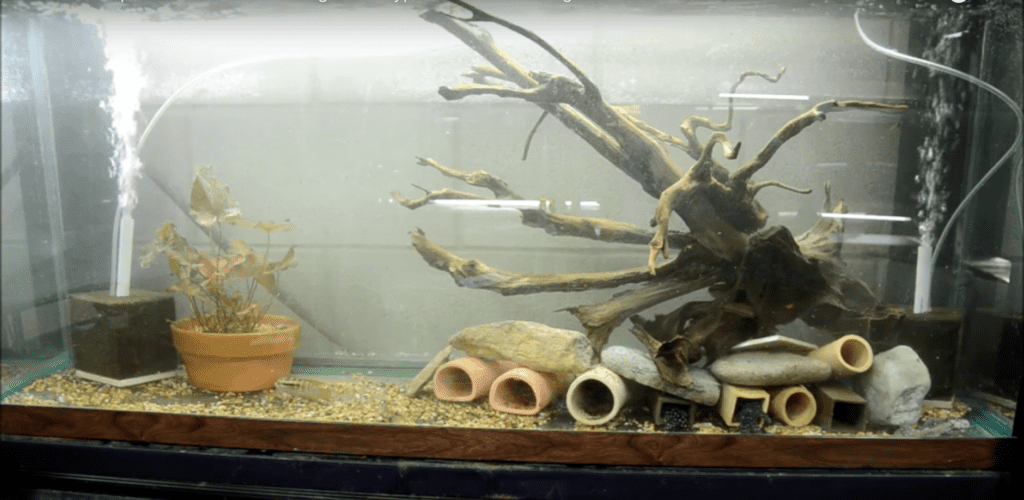
Pleco caves are the most important accessory to put in your breeding tank. It might seem optional, but they will make your life a lot easier.
First of all, I’ve found plecos to prefer pleco caves over any other decorations, especially for breeding.
Second off, these caves are extremely easy to use and if needed, to take eggs or fry from.
They’re quite compact, so they will take less place than other accessories.
Every male will claim his own cave, and the females will enter the cave if the pair is ready for breeding. This way you’ll have a clean overview and view of what your plecos are up to.
I recommend to provide at least one cave per fish (including females). However, more is always better :). Otherwise, it can cause conflicts and aggression between males.
Buy Pleco Ceramics Caves (High Quality) on Amazon
Optionally, you can also choose to add live plants to your tank. These live plants will provide extra natural cover for your plecos. Read our guide on the best plants for plecos.
Tank mates
Adding tank mates to a breeding tank is optional. However, there is one main advantage of keeping some middle to upper layer fish, like tetras with them.
In the wild, plecos are vulnerable animals. Because they live on the ground, their sight is limited which put them at risk for predators coming from above.
This is why they always look at the fish swimming above them, and read their signals.
When these fish suddenly disappear, chances are there is danger coming.
To mimic this natural environment and to make plecos feel more safe, you can add rasboras, tetras or any other active (but non territorial) middle to upper layer fish.
Although this is purely anecdotal, I've heard people claiming hormones of other fish breeding can encourage plecos to spawn. So, as tank mates you might also choose an easy to breed fish like guppies. Make sure to think about what you'll do with the babies though ;).
Composing a breeding group/pair
Plecos often do best in small groups for breeding. The ideal size is around 5-6 fish I’ve found, with 2 males and the rest female.
However, it’s certainly not impossible to breed plecos in pair. Especially in the bristlenose pleco’s case, that is rather easy to spawn.
Naturally, there will be one dominant male (alpha) who will mate most frequently. He will have a preference female. The non-dominant male will also be able to breed, even though he’s not the alpha.
If you are thinking of buying a certain species, I always recommend to buy young fish and let them grow up. It will be much cheaper, and you’ll know that you buy young fish.
You can f.e. buy 10 young fish, and after composing your breeding group, sell off the rest
Sexing pleco catfish
Sexing pleco catfish can either be super easy, or super hard. Here’s a comparison between a male and female of the bristlenose pleco.
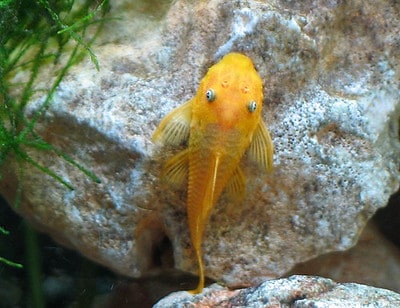
Female
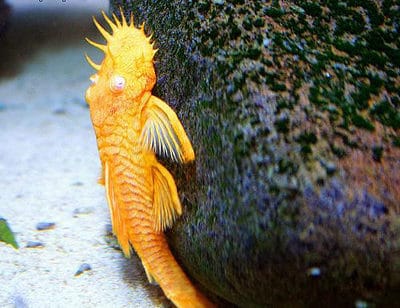
Male
As you can see, the male of a bristlenose pleco develops big bristles, and the female doesn’t. This makes it easy to sex mature bristlenose plecos.
Other ways to sex plecos are:
- Size difference – Males are usually longer than females
- Body shape – Females have a drop-like shape, while males are more streamlined
- Odontodes – Males can develop odontodes on the tail base and pectoral fins
- Behavior – As discussed, males will claim a cave while females roam around more.
Not every pleco will show all of these signs, though. It highly differs per species and individual!
Want to know even more ways to sex different types of plecos? Read our full guide to sexing plecos. It covers this important topic in-depth.
How fast are plecos sexually mature?
Before being able to sex the plecos, you have to know that they’re sexually mature.
Most pleco species become sexually mature at 1-2 years of age. This includes the bristlenose pleco. Before this age, it will not be possible to sex the animals.
At this age, the plecos should’ve grown to almost their full length, although reaching that can take many more years.
Part 2: Conditioning the adults
Conditioning your plecos for breeding does two things:
- It prepares your plecos physically to breed, because this process takes a lot of energy. The male will not eat for weeks when on the eggs, and the female needs to make eggs.
- It gets them ready to spawn. Plecos will be more likely to spawn if they are fed great food beforehand, which mimics their natural environment.
You condition your pleco while feeding live foods for a couple of weeks, before you start the process of getting them to spawn. Great foods are blackworms, bloodworms, artemia. You can also feed frozen foods or Repashy, which is highly nutritious.
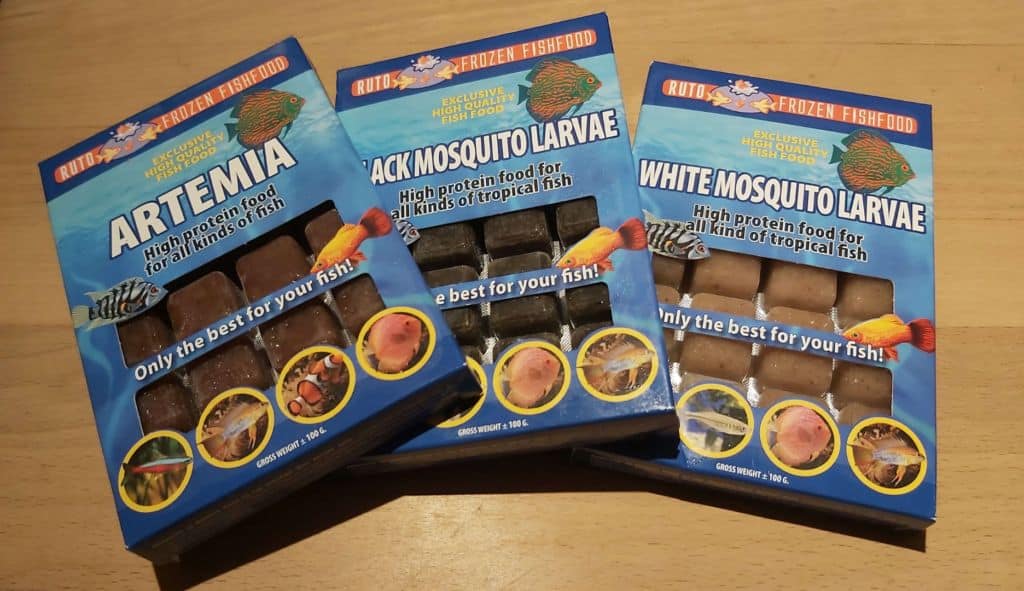
How to know if plecos are ready for breeding
Unfortunately, there isn’t one certain way to know whether a pleco is ready to spawn. You can see some subtle signs though that can indicate spawning behaviors.
Female plecos will have a round body shape, indicating that they’re full of eggs. Males on the other hand will try to trap a female in the cave to mate. If a female is ready, it will hang out around the male’s cave more often.
More often than not, it’s not possible to predict a spawn based on visible signs, though.
Part 3: Incentivize spawning
After the conditioning of the plecos, it’s time to trigger the fish into spawning.
This is usually not that hard, but it does require some consistent efforts.
Before going into detail about how to incentivize your pleco catfish to spawn, it’s important to know some context about what triggers these fish.
In the wild, pleco catfish will spawn in the rainy season. A lot of new, fresh water flows into the rivers and more food is available. These are the optimal conditions for plecos to spawn.
To trigger these fish, we will recreate a mini rainy and dry season. This method is surprisingly similar to breeding cory catfish, about which we also have a full guide :).
Step one: dry season
For around a month, don’t do any water changes. Optionally, you can increase the temperature gradually by 2 or 3°C.
During this period, keep feeding the fish like you would normally.
Step two: rainy season
After this month, you’ll do just the opposite. Start by changing water with softer (lower pH) and slightly cooler water.
Ideally for this purpose is rain water. Rain water usually has a lower pH than tap water and is thus a good alternative for RO water.
It highly depends on the individual case how far you have to take this part.
Sometimes, the fish will start spawning after one 30% water change. Other times, you’ll need to do multiple rounds for success.
One method I learnt from Larry Vires, who wrote an article about it on Planet Catfish.
Each day, you perform a 30% water change with softer and slightly cooler water. You do this for 7 days, after which you pause for 7 days. During this first pause week, plecos will likely spawn. Sometimes the plecos need multiple weeks to spawn.
Please note that you need patience to breed plecos. Sometimes, it just won’t work. You’ll have to give them a break and try again later.
Weather conditions
As we’ve discussed, plecos spawn in the rainy season. Sometimes your plecos won’t need any triggers, because of the weather conditions outside.
If there is a storm or a lot of rain, chances are your plecos will spawn. This is because they will notice the lower air pressure outside.
The spring (march and april) and october are the ideal months because of the rain.
Part 4: Caring for The Eggs
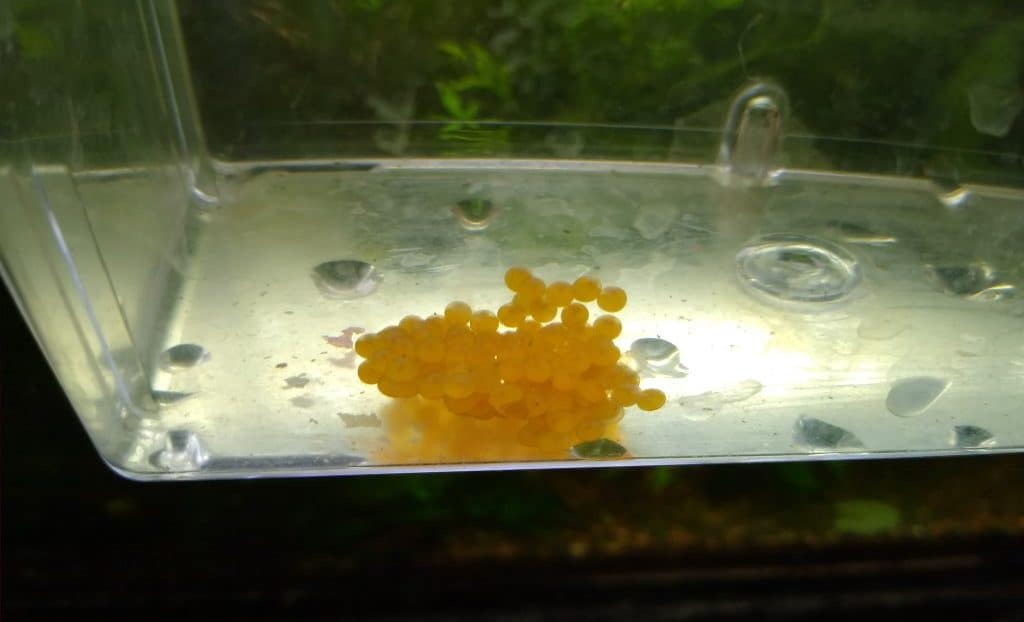
So, your plecos spawned, now what?!
Luckily, plecos are great fathers. In good conditions, the pleco male will care for the eggs and guard them in his cave. He will eat the infected eggs and provide them with fresh water.
Depending on water temperature and the species, the eggs will hatch in 3-10 days. After this, the fry will live in the cave for another 1-2 weeks after which they can live autonomously.
If you notice your male is sitting on eggs (sign briefly with a light at night in the pleco cave), there are two options you can take
Option 1: let the male care for the eggs
I always recommend this method. There is no better egg tumbler than a father pleco :).
The disadvantage of letting the father hatch out the eggs is that if he gets stressed, he might eat the eggs. If you notice this problem occurring often when he sits on eggs, it’s a good idea to ‘pull the eggs’, which brings me to option 2.
Option 2: hatch them yourself
If your male has kicked the eggs out of his caves (meaning you see a random pile of eggs in the tank) or if he keeps eating them, there are some great methods to hatch them yourself.
How to pull the eggs
This is another reason for getting pleco caves. It’s very easy to pick the desired pleco cave out of the tank.
Prepare another tub and gently move the pleco cave (with the male inside) like a seesaw. After a couple movements, the egg clump should fall out. You can then put the cave with the male back at its spot
How to hatch the eggs
The thing you’ll need is an egg tumbler. You can either make one yourself or buy one on Amazon.
The egg tumbler will do what the father normally does and keep the eggs moving in fresh, oxygenated water.
Watch out for infected eggs. Pleco eggs can develop bacterial infections. Normally, the male will eat these, but now you’ll have to pick them out. These eggs will have a noticeably different pale color and moldy structure.
The same goes for infertile eggs. These infertile eggs are more prone to the infections and will have to be removed.
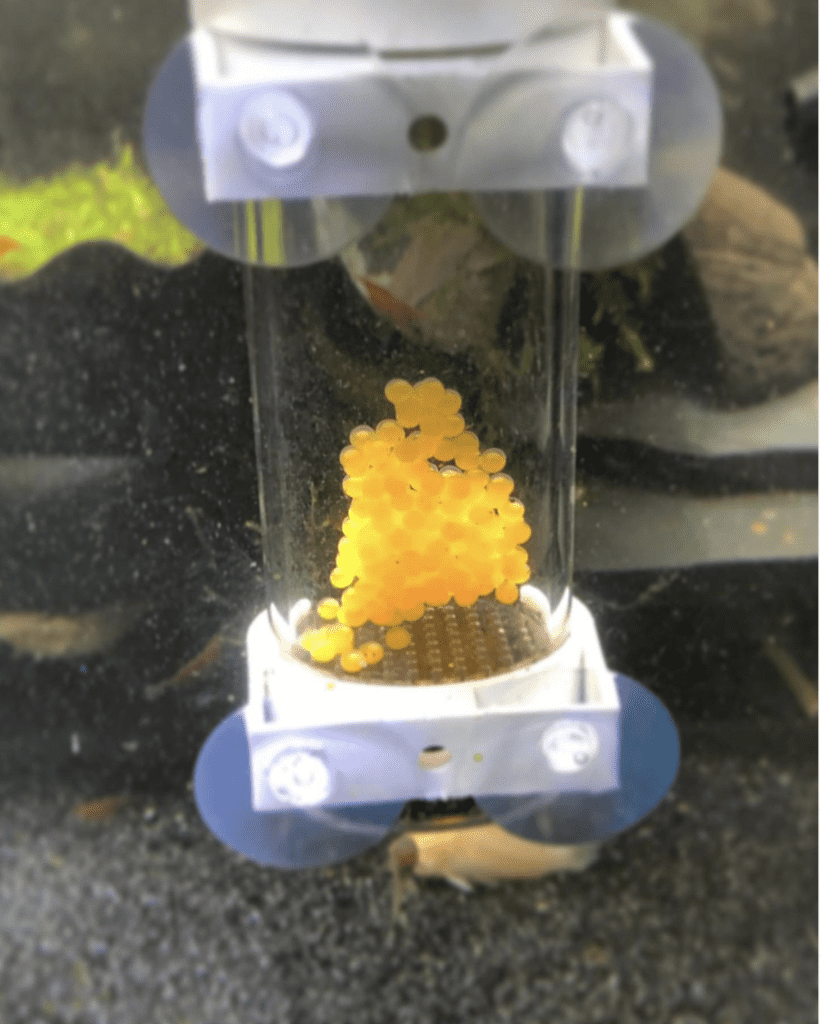
Part 5: Raising The Fry
Young pleco fry will not look very different from the eggs. They will live off their yolk sack for a couple days, before taking on food. During these days, the fry is extremely vulnerable and should have the same treatment as the eggs.
Only when the yolk sack is starting to disappear, you can start adding the first foods. Ideally are catappa leaves, which provide a great food source for newborn fry.
Raise the pleco fry in the breeding tank for a couple of weeks, until they are strong enough to undergo a move to their own growout tank.
Growout tank
Having a dedicated grow-out tank for the fry is not absolutely necessary, but if you are keen on having a high success rate it’s the best choice.
In this environment it’s way easier to monitor the fry and make sure they eat enough.
Depending on the amount of fry you want to raise, a 20 gallon tank with a strong filter does the job.
You can choose to have it bare bottom or with a thin layer of sand.
Nothing too fancy about this tank, the most important thing is to keep it clean and perform regular water changes.
Diet
Young plecos eat practically the same as adults.
Make sure to look at what your pleco needs in terms of diet. Is it a herbivore, carnivore or omnivore?
Most plecos are omnivores, meaning they need a mix of plant-based foods and meat. I recommend to compose a diet of vegetables, pellets and a little bit of frozen foods. Having such a varied diet will make the fry grow a lot faster.
It can be useful to chop up the frozen foods and to blanch the vegetables briefly, so that the fry can eat it more easily.
Breeding pleco catfish in a community tank
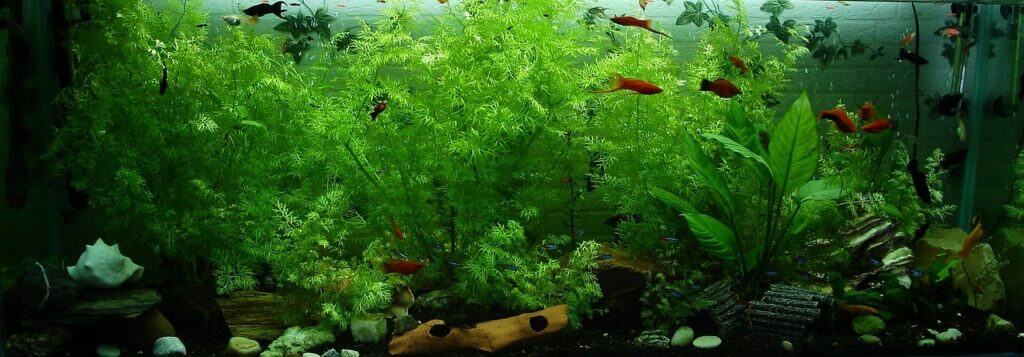
Although I always recommend to set up a dedicated breeding tank, breeding these fish in a community tank is not impossible.
The main disadvantage of this method is that it will be disturbing the other fish in the tank, if you choose to go through the different phases of breeding.
In the case of bristlenose plecos, these are the best to breed in community tank because they don’t need much triggering. Just place on cave in the tank and carefully monitor them.
Raising the fry in a community tank will not be a good idea. Unless you don’t mind pleco fry getting eaten, a dedicated grow-out tank.
Warning: crossbreeding
One of the dangers to fish species is the hybridization of different types.
Many l-numbers are related to each other, and very similar. The same goes for Ancistrus species (bristlenose plecos). Some species can interbreed and produce viable offspring, which is a danger for the hobby.
Crossbreeding different species is not a good idea because you will create hybrid fish that don’t belong anywhere. These hybrid fish may be sold as a certain species, which will eventually lead into no pure species existing anymore.
So, before composing a breeding group make sure that all are the same species. This keeps the hobby fun for all of us!
Breeding plecos for profit
Plecos are in my opinion one of the best fish to breed for profit.
Because the fry is relatively easy to care for and doesn’t need much more elaborate care than the parents.
On top of that, almost all plecos are in big demand and you’ll be able to sell them of easily.
If you are a starting aquarist, bristlenose plecos are ideal. Many local fish stores will be happy to take your fish.
When breeding for profit, it’s important to make a clear plan and to know how you’ll be selling before starting to breed. This ensures you don’t end up with 500 baby plecos you can’t get rid of.
How often do plecos spawn?
In the right environment, plecos can be like rabbits. Although it depends on the fish and the species, here’s the average on how often plecos breed.
If plecos feel well, a pair will breed around once every 6 to 8 weeks. Some species need more time, like 3-4 months. Females can visit multiple caves, and can breed more frequently than males. It’s important to give the man some pauses to prevent it getting exhausted from constant breeding.
Conclusion
Breeding pleco catfish is not that hard, but it does require continuous efforts. Depending on the pleco species, the process of making these fish spawn varies in difficulty.
Here are the 5 steps that you’ll have to go through when breeding plecos:
- Setting up a breeding environment – A dedicated breeding tank with lots of caves makes breeding a lot easier.
- Conditioning – Feed high quality live and frozen foods
- Incentivizing spawning – A series of water changes mimics what goes on in the wild
- Hatching the eggs – The male will most likely care for these, otherwise you can use an egg tumbler.
- Raising the fry – Set up a dedicated tank, the fry is easy to raise

